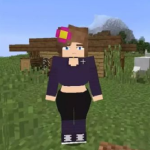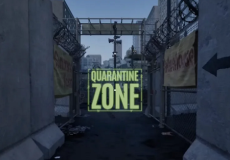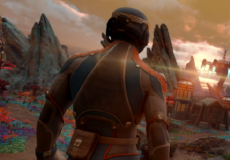

Asgore Fight Simulator
Advertisement
Asgore Fight Simulator recreates the combat encounter with Asgore Dreemurr from the Undertale universe, turning the boss battle into a focused training experience. Rather than including exploration or story sequences, this simulator isolates the fight mechanics and places the player in a loop of repeated duels. Each run tests pattern recognition, reflexes, and resource management. The system removes external context so the challenge is purely mechanical: survive, adapt, and refine.
Advertisement
Similiar games
Asgore Fight Simulator recreates the combat encounter with Asgore Dreemurr from the Undertale universe, turning the boss battle into a focused training experience. Rather than including exploration or story sequences, this simulator isolates the fight mechanics and places the player in a loop of repeated duels. Each run tests pattern recognition, reflexes, and resource management. The system removes external context so the challenge is purely mechanical: survive, adapt, and refine.
Core Mechanics and Attack Patterns
In Asgore Fight Simulator, the combat encounter consists of multiple phases. Each phase introduces varying projectile attacks, fire waves, trident throws, and area hazards. The player controls a “soul” in a bounded box, avoiding attacks while attempting to deal damage when possible. Some versions of simulators include the moral option—diplomacy or mercy—but many force direct confrontation by disabling nonviolent paths. A key design goal is consistency: each phase must follow rules that can be learned and anticipated.
Key Systems
The simulation rests on connected systems that define how the fight plays out:
· Projectile generation and timing (wave, bolt, burst)
· Hitbox and collision detection for both attacks and the player
· Phase transition triggers dependent on damage or time
· Health and regeneration, or resource constraints
· Input latency and frame response calibration
These systems interact so that small improvements in movement or prediction yield measurable progress. Mistake margins are narrow, so every component must work reliably.
Strategy and Learning Curve
Success in Asgore Fight Simulator comes from repetition, observation, and gradual optimization. Early runs allow the player to memorize basic wave patterns or safe zones. As phases merge or overlay, the player must adapt pattern recognition under pressure. Strategy involves staging positioning ahead of attacks, weaving between attack arcs, and learning recovery windows. Efficiency matters: minimizing movement while still avoiding damage yields better opportunities to strike. Each failure is data for the next iteration.
Variants, Difficulty, and Replay
Different versions of Asgore Fight simulators exist in browser, standalone, and fan-made builds. Some include the full difficulty curve from the original game; others add modifiers such as increased speed, reduced health, or custom attack sequences. Players often compare scores, survival time, or progression depth. Because there is no narrative weight, the appeal lies in mastering the system and pushing performance. Over time, the simulator becomes a reference tool for learning or benchmarking skill, especially for those who enjoy bullet-hell style boss fights.
Discuss Asgore Fight Simulator




















